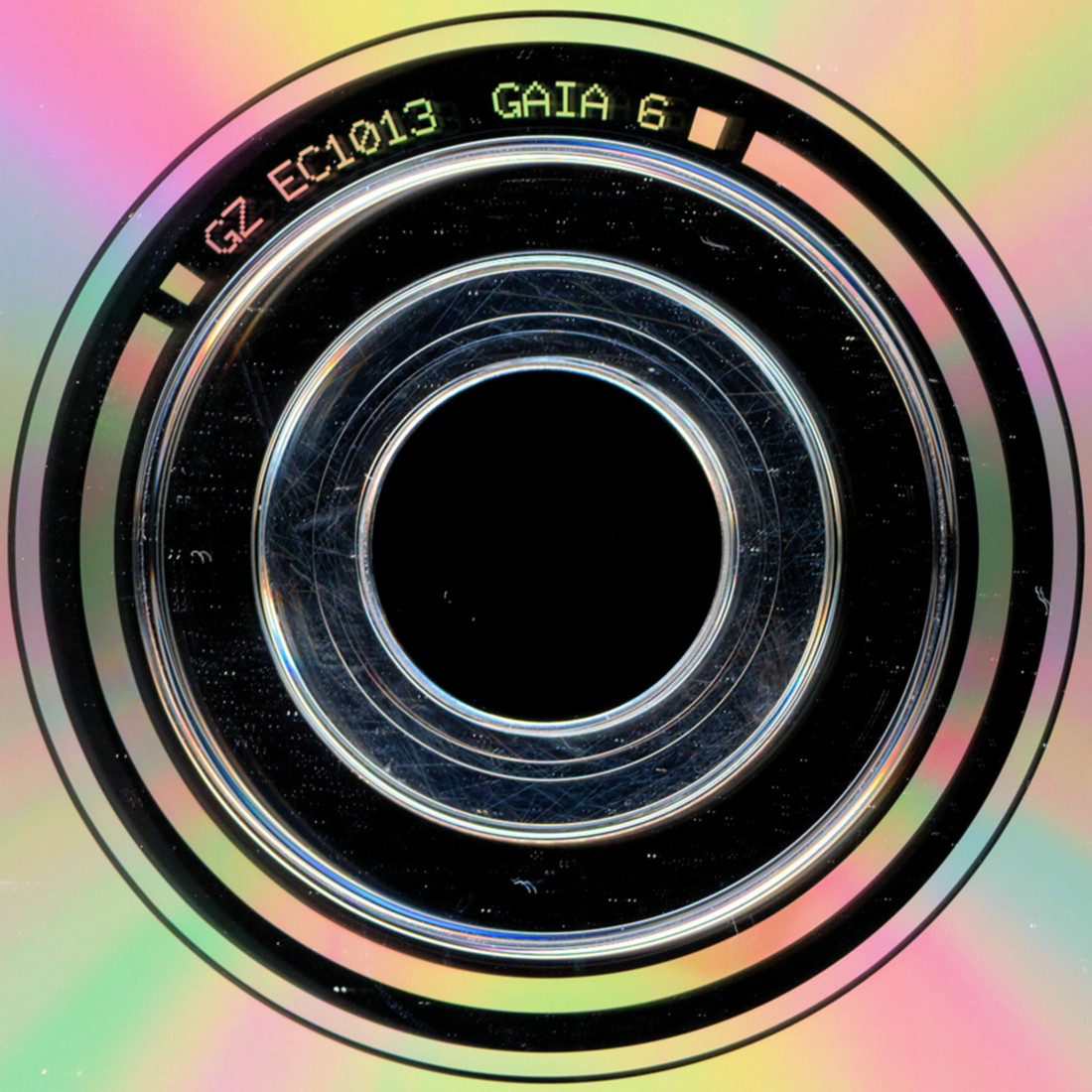

The algorithm was developed by Will Xiao in the laboratory of Gabriel Kreiman at Children's Hospital and tested on real neurons at Harvard Medical School. At first, the images looked like noise, but gradually they changed into shapes that resembled faces or something recognizable in the animal's environment, like the food hopper in the animals' room or familiar people wearing surgical scrubs.
#XDREAM EVOLVING IMAGES FOR VISUAL SERIES#
It goes through a series of images over the course of minutes, mutates them, combines them, and then shows a new series of images. The XDREAM algorithm uses the firing rate of a neuron to guide the evolution of a novel, synthetic image. This image was evolved by a neuron in the inferotemporal cortex of a monkey using AI. However, this approach is limited by the fact that one cannot present all possible images to understand what exactly will best stimulate the cell. Earlier studies on neuronal preference used many natural images to see which images caused neurons to fire most.

Researchers have known that neurons in the visual cortex of primate brains respond to complex images, like faces, and that most neurons are quite selective in their image preference. "We were seeing something that was more like the language cells use with each other." "What started to emerge during each experiment were pictures that were reminiscent of shapes in the world but were not actual objects in the world," he says. These results expand our conception of the dictionary of features encoded in the cortex, and the approach can potentially reveal the internal representations of any system whose input can be captured by a generative model."When given this tool, cells began to increase their firing rate beyond levels we have seen before, even with normal images pre-selected to elicit the highest firing rates," explains co-first author Carlos Ponce, then a post-doctoral fellow in the laboratory of senior author Margaret Livingstone at Harvard Medical School and now a faculty member at Washington University in St.

This led to the evolution of rich synthetic images of objects with complex combinations of shapes, colors, and textures, sometimes resembling animals or familiar people, other times revealing novel patterns that did not map to any clear semantic category. A genetic algorithm searched this space for stimuli that maximized neuronal firing. What specific features should visual neurons encode, given the infinity of real-world images and the limited number of neurons available to represent them? We investigated neuronal selectivity in monkey inferotemporal cortex via the vast hypothesis space of a generative deep neural network, avoiding assumptions about features or semantic categories. Ponce, CR, Xiao, W, Schade, PF, Hartmann, TS, Kreiman, G, Livingstone, MS

A workshop on language and vision at CVPR 2019.Shared Visual Representations in Human and Machine Intelligence (SVRHM) Workshop 2019.MLCC 2020 simula Machine Learning Crash Course.REGML 2020 | Regularization Methods for Machine Learning.Shared Visual Representations in Human & Machine Intelligence (SVRHM) 2020.Shared Visual Representations in Human & Machine Intelligence (SVRHM) 2021.Undergraduate Summer Research Internships in Neuroscience.Theoretical Frameworks for Intelligence.Neurally-plausible mental-state recognition from observable actions.Sleep Network Dynamics Underlying Flexible Memory Consolidation and Learning.Invariance in Visual Cortex Neurons as Defined Through Deep Generative Networks.Computational models of human social interaction perception.Modeling Human Goal Inference as Inverse Planning in Real Scenes.Memory and Executive Function | Brain OS.


 0 kommentar(er)
0 kommentar(er)
